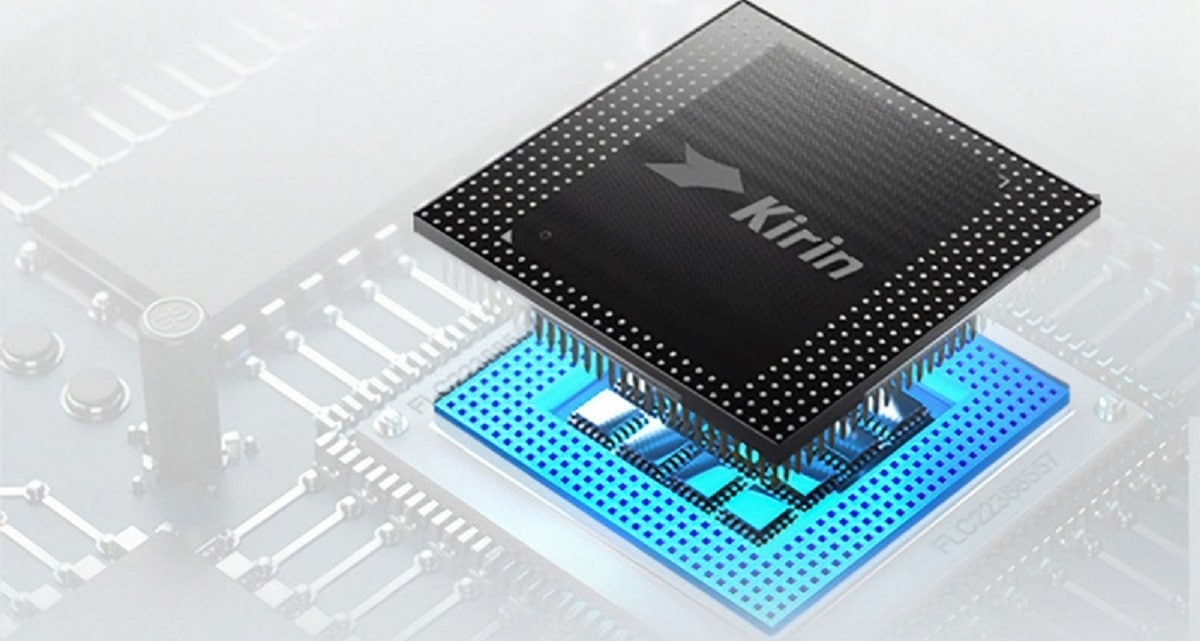
Huawei is trying to push its ambitions in the smartphone markets with plans to announce which would the world's first three nanometer chipset.
The details of the called Kirin 9010 chipset of three nanometers were announced by a well-known industry leaker, @ RODENT950 on Twitter and GizmoChina first reported a few days ago.
Nanometers define the distance between transistors and other components on the processors, so the smaller the number, the more can be placed within the same area and that enables faster and more efficient processor designs.
Smaller transistors also use less power, which translates to longer battery life and less heat dissipation, which means the chips run cooler.
Business unit Huawei's HiSilicon, which designs chipsets for Huawei smartphones, announced its latest flagship mobile processors, the Kirin 9000 and Kirin 9000E, in September, saying that at the time they were the first to be built in a five-nanometer process (currently, those chips are only found in Huawei's flagship Huawei Mate 40 series. ).
Following that announcement came the Samsung Exynos 1080 and Qualcomm Snapdragon 888 chips, which are also based on a five-nanometer process.
@ RODENT950 He said Huawei's new chip should launch sometime in 2021 and will likely appear in Huawei Mate 50 series smartphones that are expected to launch during the fourth quarter.
Next Gen Kirin (9010) is 3nm. pic.twitter.com/b6WtwdKt7r
- Teme (特米)? (@ RODENT950) January 1, 2021
Industry watchers they weren't expecting a three nanometer mobile chip for at least two years, so if Huawei really pulls it off, other manufacturers are likely to follow suit, GizmoChina said.
Qualcomm can also switch to a three nanometer process if the report is true, while Samsung has reportedly decided to skip the four nanometer process and go straight to three nanometers.
Apple is also expected to announce three nanometer processors that Taiwan Semiconductor Manufacturing will build, but they are not expected to arrive until 2022.
However, there are serious doubts about Huawei's ability to actually manufacture the chip, due to US-imposed sanctions, the company is at the center of a long-standing dispute between the US and China over technology and security, and was placed on an "Entity List" in May 2019 that effectively prevents you from acquiring components from US companies.
The sanctions were extended in May 2020 when the US Department of Commerce issued an amended export rule. That rule blocked shipments of semiconductors to the company in order to "strategically target Huawei's acquisition of semiconductors that are the direct product of certain US software and technology."
The new rule prevents foreign semiconductor manufacturers using US software and technology from shipping products to Huawei unless they first obtain a special license from the US government. It forced TMSC and other chipmakers to stop receiving orders from HiSilicon last year.
The problem of Huawei is that only a few chipmakers have the ability to make three-nanometer processors, since smaller transistors require very precise instruments and machines.
Due to US sanctions, the only manufacturers chips that can supply HiSilicon today They are other Chinese firms such as Semiconductor Manufacturing International and Hua Hong Semiconductor.
But none of them are believed to be capable of making chips. In fact, SMIC recently added the ability to make 14-nanometer chips, and it is unlikely to make much further progress because it was recently hit by US sanctions.
Finally if you are interested in knowing more about it About the note, you can check the details in the following link.